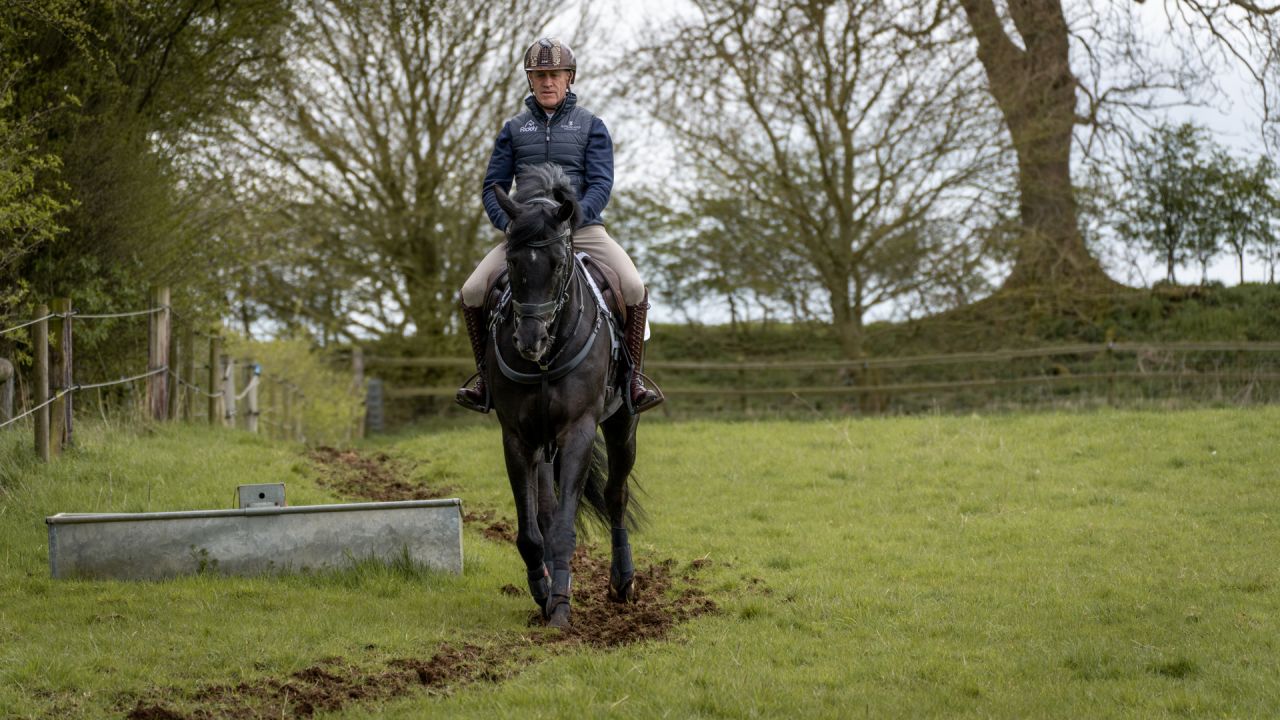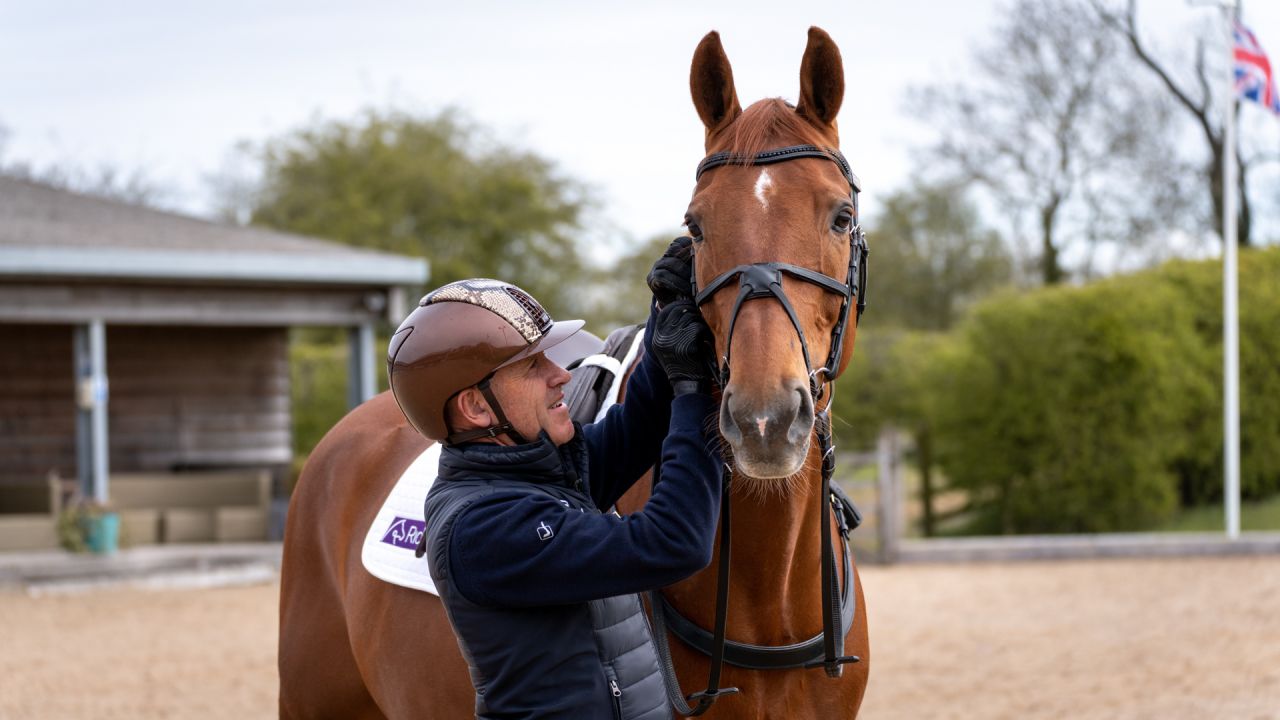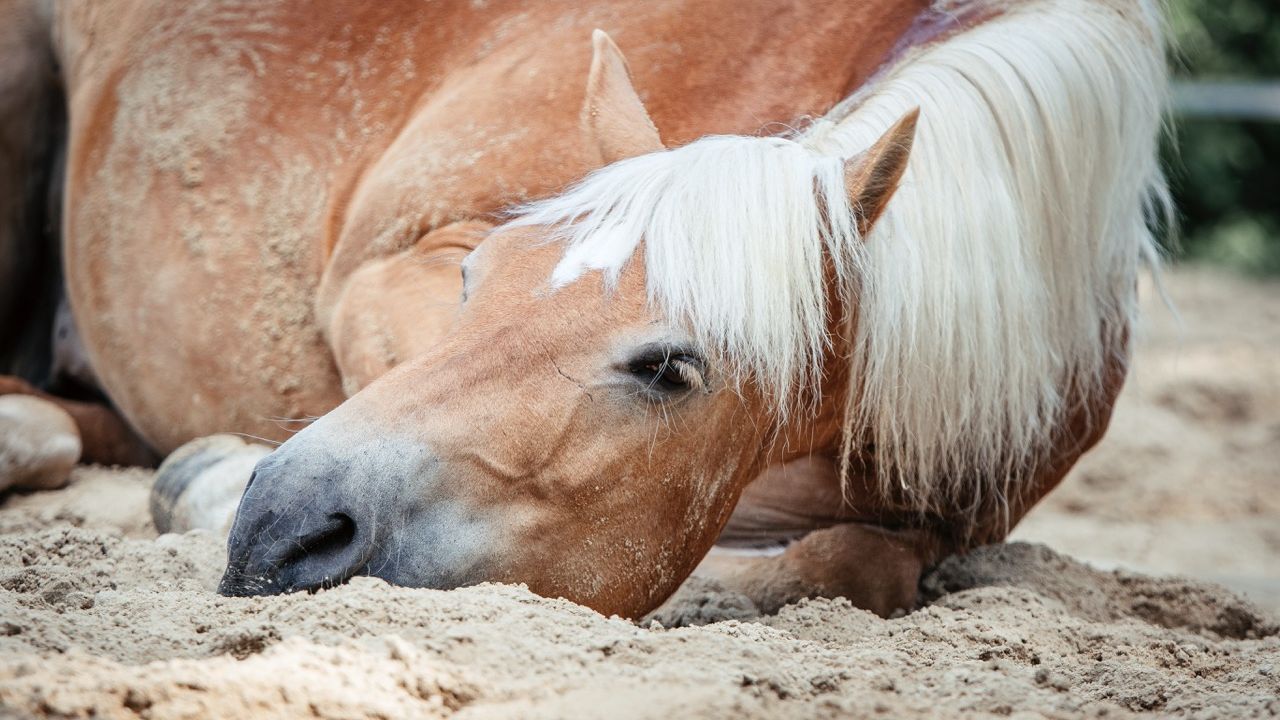How to Help Your Rearing Horse

If your horse rears, don’t despair! There are exercises that you can do on the ground to help support your horse and give you tools to work through it.
It is a good idea to take a step back; and it goes without saying that you must ensure there are no pain or issues causing the rearing (saddle-fit, vet check etc). Once you have a clean bill of health and pain-free confirmation, go back to the basics on the ground and get these really solid before re-addressing rearing from the saddle.
Rearing Horse Checklist:
- Is your horse sound (saddle-fit, vet check etc)?
- Can your horse bend properly?
- Have you practiced the rein back?
- Can you move your horse sideways or backwards on command?
- Go back to the groundwork and make sure you have all of the above established before you get yourself in another situation where your horse may want to rear.
We’ll get into the techniques involved with each of these bullets below in this article.
Can Your Horse Bend Properly?
Dana Glass, renowned horsemanship expert, shares that many horses that rear share a similar challenge: difficulty in proper bending using their head, neck, and body. Often, these horses feel overly heavy and fail to engage their bodies effectively. A practical first step to overcoming this, is teaching your horse to bend correctly, helping them to become supple and responsive to pressure. This foundational skill is key for everything else, on the ground or in the saddle.
Dana Glass uses a simple method with a halter and a lead rope. He starts by standing next to the horse’s wither and slides his hand down the rein to encourage them to bend around to one direction. You can allow the horse to move their feet and keep asking for bend until they maintain the correct position and soften down the rope. The aim is to have your horse bent around the withers with their ears level so that their head is straight. It is also important to make sure their head maintains a high carriage above the withers within this bend. Once you achieve this and the horse softens in this position, you can release and reward. If your horse moves their feet then that is okay, make sure that they cross their hindlegs correctly underneath them.
When in Doubt: Always Move Sideways or Backwards
If your horse starts to rear, it’s important to redirect their movement. Trying to move the horse forward isn’t advisable because their feet are directly beneath you and pushing forward will mean they will hit contact. This is often what causes the horse to feel claustrophobic and rear. Instead, guide your horse to move sideways or backwards to get them out of the spot they’re stuck in.
Make sure that you have these principles nailed before you move on and get on their back to address the rearing.
Asking for Sideways Movement
Another effective strategy is teaching the horse to move sideways in response to what would be your leg’s pressure. Start by placing your hand where your leg would naturally be if you were mounted, gently encouraging the horse to move away from that pressure. In this video, Dana demonstrates with a horse that reacts too quickly, but not correctly. Dana keeps his hand placement until the horse settles down and performs the movement correctly by crossing its hindquarters underneath itself.
Once the horse responds appropriately, you can remove the pressure, walk away, and change the subject to give the horse a break and a reward. Practice this technique in small, manageable sessions until the movement becomes fluid. The goal is for the horse to keep its front legs still, while pivoting sideways around them with the hindquarters. If the horse starts moving backward instead of sideways, increase the pressure slightly and open up more space to the side to encourage the correct direction.
Remember, just as with riding, if you direct the horse sideways with your inside leg, you shouldn’t block with your outside leg. The same principle applies during groundwork: create space to encourage sideways movement while ensuring the horse stays engaged and responsive.
How to Rein Back from the Ground
Rein back is essential when training ground work, especially with a horse that rears. Dana asks the horse to rein back by holding the rope right by the halter, placing his thumb facing down and applying a little bit of pressure to encourage the horse back. Once they do this correctly you can release the pressure and reward.
It’s vital to have a solid grasp of these principles before you progress to mounted work. These principles improve safety and builds a foundation of trust and understanding between you and your horse.
Want more like this?
If you want to see all this in action and continue your groundwork journey towards better horsemanship, join Dana’s Training Program in the Ridely app. The contents of this article is only from one session out of four in total which focuses on the importance of good groundwork. In the Ridely app all sessions are accompanied by one or more videos.

- Train with 11+ Olympians from home.
- Learn and make the most of your equestrian life.

Learn from Carl Hester in Ridely!
Exclusive training videos with top trainers and riders like Carl Hester are available in the Ridely library. Don’t miss out!


